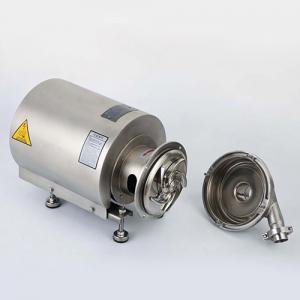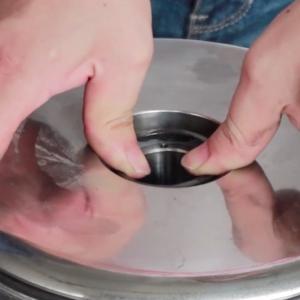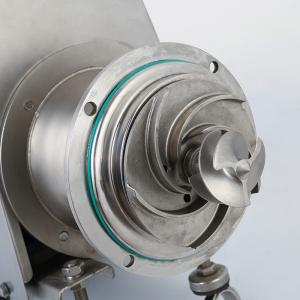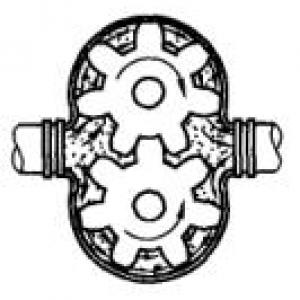What are the Benefits of CIP Pump?
For those in the food processing industry, you may be familiar with the process of sanitizing a filling machine, also known as cleaning in place (CIP). CIP helps avoid bacterial contamination during the production of drinks meant for human consumption. Until recently, this process had to be done manually and it can be quite a task. However, with the advent of CIP technology, it can now be automated. This saves time and money in food processing and serving operations.
The Automated CIP Process
The CIP process essentially breaks down to four key stages:
- Rinsing of equipment with hot water to remove flavor/sugar particles.
- Circulating a hot water (or steam) and caustic soda solution for deeper cleaning.
- Final hot water rinse.
- Secondary sanitization with steam or cold water solution with peracetic acid.
CIP was originally a manual procedure that used a balance tank, centrifugal pump and a connection to the system that was being cleaned. It has evolved to include fully automated systems with much more complex systems and logic controllers.
CIP Benefits
- Faster cleaning process
- Less labor-intensive
- Repeatable/consistent results
- Safety (less risk of chemical exposure or steam/hot water burns)
- More economical use of cleaning detergents
- Increased storage space utilization in equipment
- More effective cleaning of places that are hard to reach manually
- Increased plant productivity





